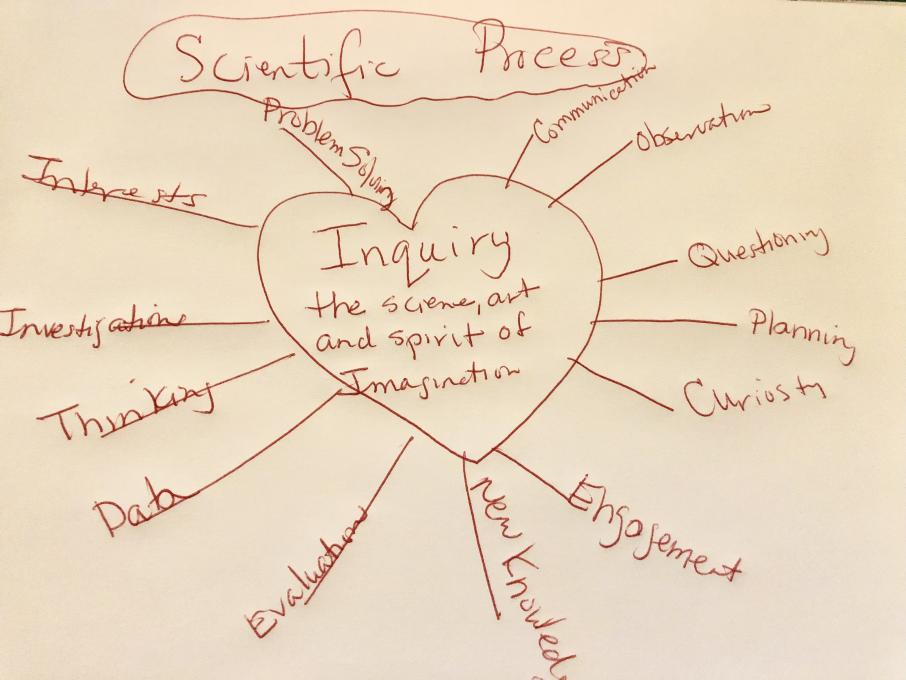Nikita
Forum Replies Created
Viewing 5 posts - 1 through 5 (of 5 total)
-
NikitaParticipantiNaturalist will be used because it allows students to observe plants, animals, and insects. Group members can take each of the for-mentioned and more. Students will not only conduct observations but collect, report, and graph data.in reply to: Data Literacy Through Citizen Science #827653
-
NikitaParticipantI encourage students by allowing them to openly roam within a designated area for a certain amount of time with a closed notebook and pencil. Then when the whistle is blown students are to write down things they have observed, I wonder questions, things they want to know more about, and how about or what-if questions in their notebook.in reply to: Launching Investigations #826834
-
NikitaParticipantAs I an educator, I try to give students 50 % of the lesson as content and 50% as inquiry and project-based learning. I do this to give value to the lesson and to actively engage students in the lesson.in reply to: Supporting Open-ended Questions #824993
-
NikitaParticipantMy Agriculture Science complete bird investigations. The recent topic is does the early bird gets the worm? Student track of different types of birds, numbers of birds, time of day, and even the weather and temperature outside.in reply to: Inquiry in Your Classroom #824678
-
NikitaParticipantInquiry requires one to think, question, and utilize prior knowledge. It is the hidden treasure to learning that most of us forget to utilize because we are often schooled and coached on what to think about through out the day. It is curiosity. It is communicating and thinking where there is no stupid question. It brings out the best it all learners and learning styles despite the age or gender.
 in reply to: Intro to Inquiry #824676
in reply to: Intro to Inquiry #824676
Viewing 5 posts - 1 through 5 (of 5 total)
